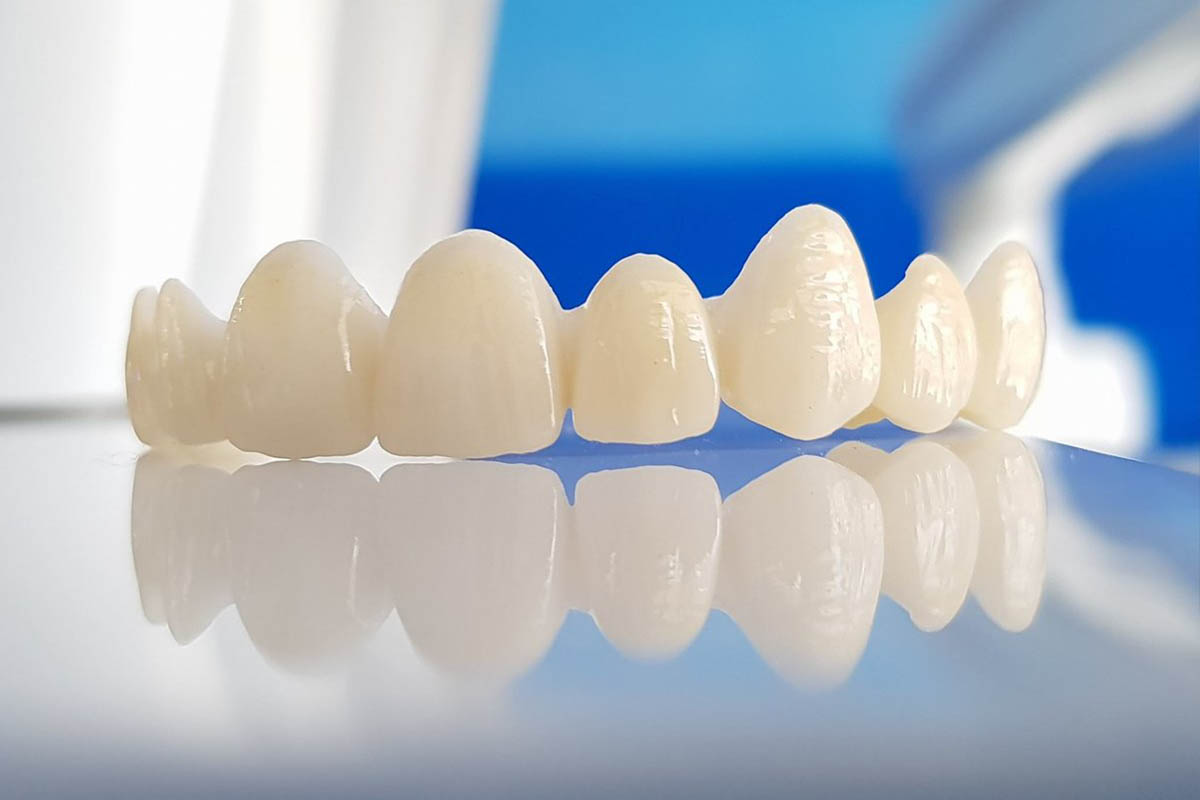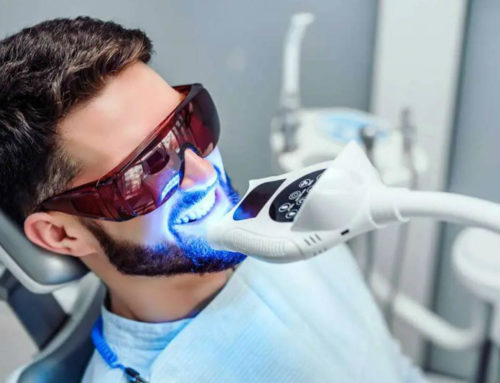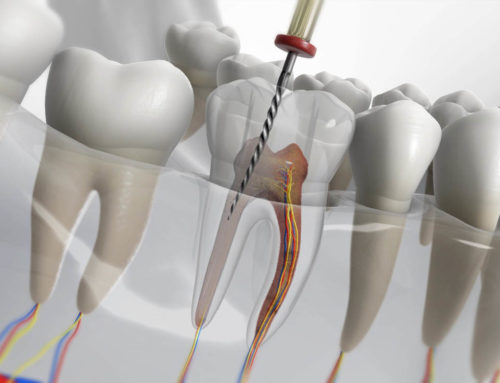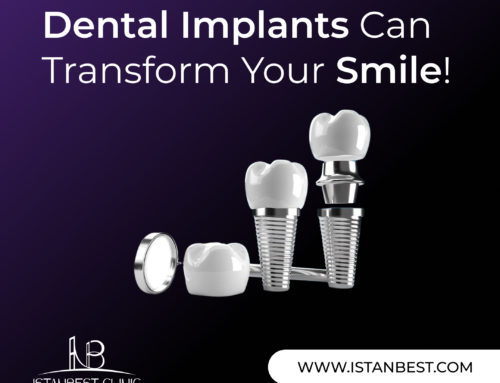Zirconium Crowns and porcelain crowns have become increasingly popular choices for dental veneers in Turkey. As a result, many patients may have questions when deciding which option is best for them. This article aims to provide guidance on this matter.

Before making a decision, it is important to weigh the advantages and disadvantages of both treatments. Essentially, zirconia crowns and porcelain crowns are designed to enhance the appearance of damaged teeth. However, it is crucial to consider the lifespan of these treatments since the materials used have a limited duration.
To fully understand the differences between zirconia and porcelain crowns in Turkey, it is necessary to examine each procedure separately. This will allow patients to make informed decisions about which dental veneers are most suitable for their needs.
Porcelain crowns
porcelain crowns are manufactured using dental porcelain, which is a white and biocompatible material. Unlike other materials, porcelain crowns do not contain toxic substances or metals, making them a safe and effective option for patients.
porcelain crowns are ideal for patients who suffer from tooth loss or discoloration, as they can even out teeth in terms of shape, size, and color. Although zirconia crowns have become more popular than porcelain crowns in Turkey, some patients still prefer porcelain crowns because they are less expensive.
Zirconia Crowns
Recently, dentists have been recommending zirconium crowns due to their natural and aesthetically pleasing appearance. Zirconium is a strong natural element that closely resembles the look of real teeth, with its color, transparency, light-transmitting structure, and durability. One significant advantage of zirconium crowns is that they do not harm the gums, unlike composite and porcelain crowns, because zirconia adapts perfectly to the teeth and gums.
In Turkey, zirconia crowns are specifically designed and produced using computer-assisted techniques. Each patient’s mouth and teeth are measured to ensure the veneers fit perfectly. Although zirconium veneers are slightly more expensive than other types of dental veneers, they provide excellent value.
Prior to undergoing zirconium veneers, it is essential that the patient’s overall dental health is in good condition. Dental caries and other procedures such as root canal treatments are addressed before proceeding with zirconium veneers.
The quality of the materials and devices used is crucial for ensuring good zirconium veneers. When these factors are combined, zirconia crowns can be used for an extended period without any problems.
Differences Between Zirconia Crowns and porcelain crowns
Both zirconia and porcelain crowns are popular options for improving the appearance of damaged teeth. Although the processes for both types of veneers are similar, there are important differences to consider.
One significant difference is the potential for gray reflection with porcelain crowns, which can occur in patients with thin gingiva. Zirconia crowns, on the other hand, have a white substructure that does not reflect gray and has a more transparent structure for a more aesthetic appearance. However, porcelain crowns are generally more resistant than Zirconia crowns.
To determine which option is best for you, it’s important to consult with our experienced consultants who can provide more information and guidance.
How Zirconia and porcelain crowns are made
The process of creating dental veneers, whether they are made of zirconium or porcelain, is similar. Initially, we remove the necessary amount of tooth structure and take measurements of the teeth to create molds. These molds serve as a guide for crafting the veneers, which are made by dental technicians in a laboratory. The fabrication process typically takes about two weeks.
The dental veneer procedure is painless, but local anesthesia may be administered for the patient’s comfort. At this stage, we shape the patient’s teeth to ensure optimal compatibility with the zirconium or porcelain crowns. After verifying the veneers’ fit, the dentist permanently affixes them to the tooth surfaces.
How to take care of your teeth after zirconia crowns and porcelain crowns
After the zirconium or porcelain crowns procedure, patients can resume their normal daily activities two hours later, once the anesthesia has worn off. In the first few days, you may experience some discomfort in certain areas of your dental veneers, but this will dissipate as you return to your regular eating, drinking, and dental hygiene routine.
To care for your dental veneers, you don’t need to do anything beyond taking care of your natural teeth. However, to prolong the life of your veneers, we recommend that you avoid using your front teeth to chew hard foods. Additionally, if you have habits such as teeth clenching or grinding, it may be beneficial to try and quit them.
How long do they usually last
Patients often ask us about the lifespan of zirconium and porcelain crowns. However, it’s important to note that this can vary from patient to patient depending on their oral and dental health. While some zirconium crowns may only last for 5 years in some patients, they can remain intact for 10-15 years in others. The same is true for porcelain teeth.
Another factor that determines the lifespan of veneer teeth is the quality of the material used. Therefore, it’s crucial to choose a good dentist and dental clinic.
In summary, if you maintain good oral and dental hygiene and avoid putting excessive pressure on your front teeth, you can easily use your zirconium and porcelain crowns for many years. For more information about dental aesthetics, please read our other content or contact us.




